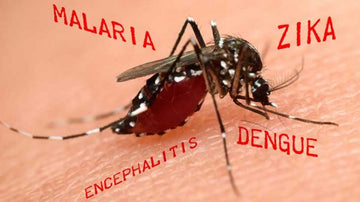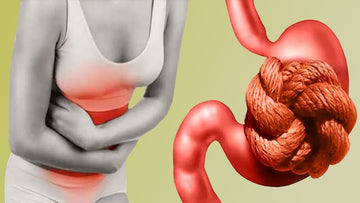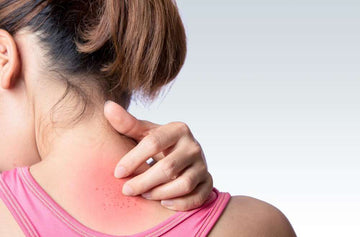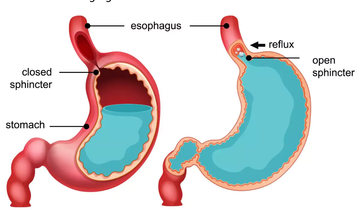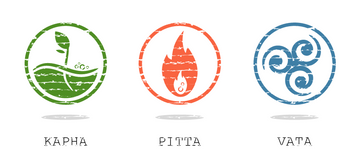
In Ayurveda, the concept of doshas is fundamental to understanding individual health and well-being. The three primary doshas—Vata, Pitta, and Kapha—represent different combinations of the five elements (earth, water, fire, air, and ether) and are responsible for various physiological and psychological functions in the body.
Main Types and Subtypes of Doshas
1. Vata Dosha
Elements: Air and Ether
Primary Functions: Movement and Communication
Subtypes of Vata:
• Prana Vata: Governs inhalation, the mind, heart, consciousness, and perception. Located in the head.
• Udana Vata: Controls speech, effort, enthusiasm, and memory. Located in the throat.
• Samana Vata: Regulates digestion and metabolism, moving food through the digestive tract. Located in the stomach and intestines.
• Apana Vata: Manages elimination of waste products (urine, feces, menstruation). Located in the pelvic region.
• Vyana Vata: Circulates nutrients and energy throughout the body, regulates heart and circulatory functions. Located in the heart.
2. Pitta Dosha
Elements: Fire and Water
Primary Functions: Transformation and Metabolism
Subtypes of Pitta:
• Pachaka Pitta: Governs digestion and assimilation of food. Located in the stomach and small intestine.
• Ranjaka Pitta: Involved in the production of blood (hemoglobin) and liver function. Located in the liver and spleen.
• Sadhaka Pitta: Affects the mind, intelligence, emotions, and mental functions. Located in the heart.
• Alochaka Pitta: Manages visual perception and eye health. Located in the eyes.
• Bhrajaka Pitta: Regulates skin coloration, temperature, and overall skin health. Located in the skin.
3. Kapha Dosha
Elements: Earth and Water
Primary Functions: Structure and Lubrication
Subtypes of Kapha:
• Kledaka Kapha: Lubricates and protects the stomach lining, aiding digestion. Located in the stomach.
• Avalambaka Kapha: Supports the heart and respiratory functions, providing stability. Located in the chest.
• Bodhaka Kapha: Involved in taste perception and saliva production. Located in the mouth.
• Tarpaka Kapha: Nourishes the brain, sense organs, and maintains cerebrospinal fluid. Located in the head.
• Shleshaka Kapha: Lubricates and cushions the joints, maintaining their health. Located in the joints.
Main Roles and Responsibilities in Maintaining Good Health
1. Vata Dosha:
• Movement and Communication: Vata governs all movements in the body, including the flow of breath, circulation, and the movement of thoughts in the mind.
• Nervous System Function: Controls the nervous system, influencing activities such as thinking, talking, and coordination.
2. Pitta Dosha:
• Digestion and Metabolism: Pitta regulates the body’s metabolic activities, including digestion, absorption, and assimilation of nutrients.
• Heat and Energy Production: Maintains body temperature and energy levels, ensuring proper enzyme function and hormonal balance.
3. Kapha Dosha:
• Structure and Stability: Kapha provides the body with physical structure, strength, and stability, supporting bones, muscles, and tissues.
• Lubrication and Protection: Ensures adequate lubrication of joints and protection of tissues, maintaining moisture and overall integrity of body structures.
How Doshas Maintain Good Health
• Balance and Homeostasis: Each dosha must remain balanced to maintain health. An imbalance in any dosha can lead to specific health issues and diseases.
• Interdependence: Doshas work together in a complementary manner to maintain bodily functions. For example, Vata moves nutrients, Pitta transforms them into usable energy, and Kapha stores and provides structure.
• Preventive Approach: Ayurveda emphasizes preventive care by keeping doshas in balance through proper diet, lifestyle, and habits tailored to an individual’s unique constitution (Prakriti).
By understanding and maintaining the balance of these doshas, Ayurveda aims to promote overall health, prevent disease, and ensure a harmonious state of physical and mental well-being.
Main Types and Subtypes of Doshas
1. Vata Dosha
Elements: Air and Ether
Primary Functions: Movement and Communication
Subtypes of Vata:
• Prana Vata: Governs inhalation, the mind, heart, consciousness, and perception. Located in the head.
• Udana Vata: Controls speech, effort, enthusiasm, and memory. Located in the throat.
• Samana Vata: Regulates digestion and metabolism, moving food through the digestive tract. Located in the stomach and intestines.
• Apana Vata: Manages elimination of waste products (urine, feces, menstruation). Located in the pelvic region.
• Vyana Vata: Circulates nutrients and energy throughout the body, regulates heart and circulatory functions. Located in the heart.
2. Pitta Dosha
Elements: Fire and Water
Primary Functions: Transformation and Metabolism
Subtypes of Pitta:
• Pachaka Pitta: Governs digestion and assimilation of food. Located in the stomach and small intestine.
• Ranjaka Pitta: Involved in the production of blood (hemoglobin) and liver function. Located in the liver and spleen.
• Sadhaka Pitta: Affects the mind, intelligence, emotions, and mental functions. Located in the heart.
• Alochaka Pitta: Manages visual perception and eye health. Located in the eyes.
• Bhrajaka Pitta: Regulates skin coloration, temperature, and overall skin health. Located in the skin.
3. Kapha Dosha
Elements: Earth and Water
Primary Functions: Structure and Lubrication
Subtypes of Kapha:
• Kledaka Kapha: Lubricates and protects the stomach lining, aiding digestion. Located in the stomach.
• Avalambaka Kapha: Supports the heart and respiratory functions, providing stability. Located in the chest.
• Bodhaka Kapha: Involved in taste perception and saliva production. Located in the mouth.
• Tarpaka Kapha: Nourishes the brain, sense organs, and maintains cerebrospinal fluid. Located in the head.
• Shleshaka Kapha: Lubricates and cushions the joints, maintaining their health. Located in the joints.
Main Roles and Responsibilities in Maintaining Good Health
1. Vata Dosha:
• Movement and Communication: Vata governs all movements in the body, including the flow of breath, circulation, and the movement of thoughts in the mind.
• Nervous System Function: Controls the nervous system, influencing activities such as thinking, talking, and coordination.
2. Pitta Dosha:
• Digestion and Metabolism: Pitta regulates the body’s metabolic activities, including digestion, absorption, and assimilation of nutrients.
• Heat and Energy Production: Maintains body temperature and energy levels, ensuring proper enzyme function and hormonal balance.
3. Kapha Dosha:
• Structure and Stability: Kapha provides the body with physical structure, strength, and stability, supporting bones, muscles, and tissues.
• Lubrication and Protection: Ensures adequate lubrication of joints and protection of tissues, maintaining moisture and overall integrity of body structures.
How Doshas Maintain Good Health
• Balance and Homeostasis: Each dosha must remain balanced to maintain health. An imbalance in any dosha can lead to specific health issues and diseases.
• Interdependence: Doshas work together in a complementary manner to maintain bodily functions. For example, Vata moves nutrients, Pitta transforms them into usable energy, and Kapha stores and provides structure.
• Preventive Approach: Ayurveda emphasizes preventive care by keeping doshas in balance through proper diet, lifestyle, and habits tailored to an individual’s unique constitution (Prakriti).
By understanding and maintaining the balance of these doshas, Ayurveda aims to promote overall health, prevent disease, and ensure a harmonious state of physical and mental well-being.

